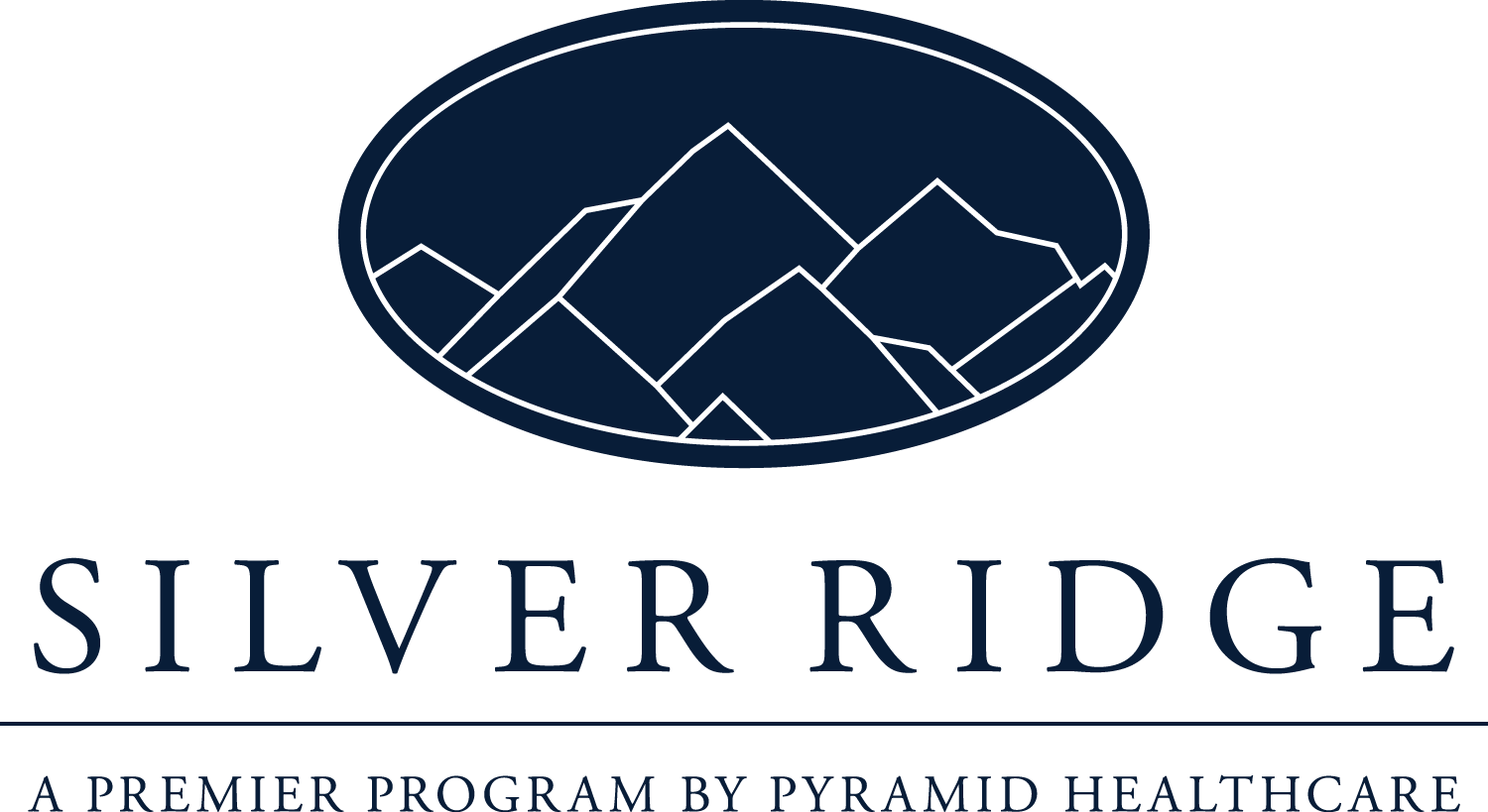The Nuances of Recovery: Clean vs. Sober

Addiction recovery is a multifaceted process, and the journey is filled with hills and valleys. While terms like “clean” and “sober” can sometimes make the road to recovery seem linear, the actual process can be anything but.
Sober vs. Clean
While people who are struggling to overcome substance use disorders may have individualized associations with the different terms used to describe the various stages of recovery, there is a general standard of vocabulary that is used to denote the phases of healing.
Getting Clean
The term “clean” in addiction recovery means that the substance is no longer in the body. This denotes that the person in recovery has gone through a detoxification process and has ceased using the addictive substance. Getting clean, or cleansing the body of drug influence, is generally understood to be the first step on the road to healing from drug addiction.
For many people, this simplified definition is satisfactory to be considered synonymous with the term “sober”; however, some people insist that there is a distinct difference between clean and sober. They feel that they need a more holistic, integrated application of the term to be successful in long-term sobriety.
The Sober Road
When people say that there is more to getting sober than halting substance use, what do they mean? For some removing substances from their life is only one part of the equation. If other aspects of their life remain unaddressed, they feel it is only a matter of time before they stumble back into their old ways. These individuals recognize that it is quintessential to cultivate a renewed lifestyle in which they address and seek to heal past traumas, toxic family or social dynamics, unhealthy lifestyle habits and more.
While some may disagree, the research supports this mode of thought. Our behavior patterns are deeply rooted in our environment and the behaviors we have already cemented in our minds. Those individuals who strive to reinvent their lives by building a solid foundation have a much higher likelihood of avoiding relapse and maintaining lasting sobriety.
Sobriety: A Spectrum
As much as one might wish that sobriety could be a one-and-done kind of endeavor, that is not the reality of healing from addiction. In the event of severe addiction with intense withdrawal symptoms, quitting a substance cold turkey is often not realistic. It can sometimes be in the best interest of the individual to employ a more gradual approach to weaning substances out of their life to best set them up for success. For this reason, the concept of sobriety exists on a spectrum. In many situations, someone might be well on their way to achieving sobriety, while they are not technically “clean” yet.
Lapse, Prolapse, and Relapse
The journey to sobriety is not always about the black-and-white concept of abstinence. It can be a gradual process of improving all areas of life while reducing substance use to increase your likelihood of success when you eliminate substances. Some people may consider themselves to be sober even if they have occasional slip-ups or setbacks, acknowledging that sobriety is a lifelong endeavor with many twists and turns.
It could be helpful to distinguish three differing concepts here regarding returning to substance use during recovery. “Lapse” is the term used to define the first transgression made against abstinence. For example, someone uses the substance once after having eliminated it from their system for an extended period. This could eventually lead to a return to the substance use in a capacity similar to what the person wrestled with before recovery, or “relapse.” However, a lapse could be a good opportunity for the recovering person to acknowledge the behavior, choose not to dwell on it, and continue moving forward toward lasting sobriety. This positive approach to a lapse is called “prolapse.”
It is important to note here that some people respond better to a cold-turkey approach to substance use in recovery. Allowing for any “gray area” in regards to weaning themselves off the substance can feel like an open door, sabotaging their efforts to change their life. Each person must discern this matter carefully and honestly, with the guidance of qualified professionals, to ensure they are moving in the right direction for their particular circumstance.
While some people may have fewer setbacks than others, a few instances of lapse, and even relapse, are par for the course in this marathon that is addiction recovery. It is important to have a healthy roadmap, or game plan, for what to do in the event of relapse. Learn to identify the emotional, mental and physical signs and patterns of craving and relapse, and build guard rails to help you get back on your feet if you stumble. Falling is a part of life, but you want to implement a system that will allow you to be stronger when you rise.
Find Support on Your Road to Recovery
If you or a loved one are struggling to navigate your journey to addiction recovery, you don’t have to go through this alone. From educational resources to treatment programs to a listening ear, Silver Ridge Recovery is here to support you. Contact us online today, or call 855-945-7788 to begin, or continue, your journey to lasting sobriety and healthy living.









